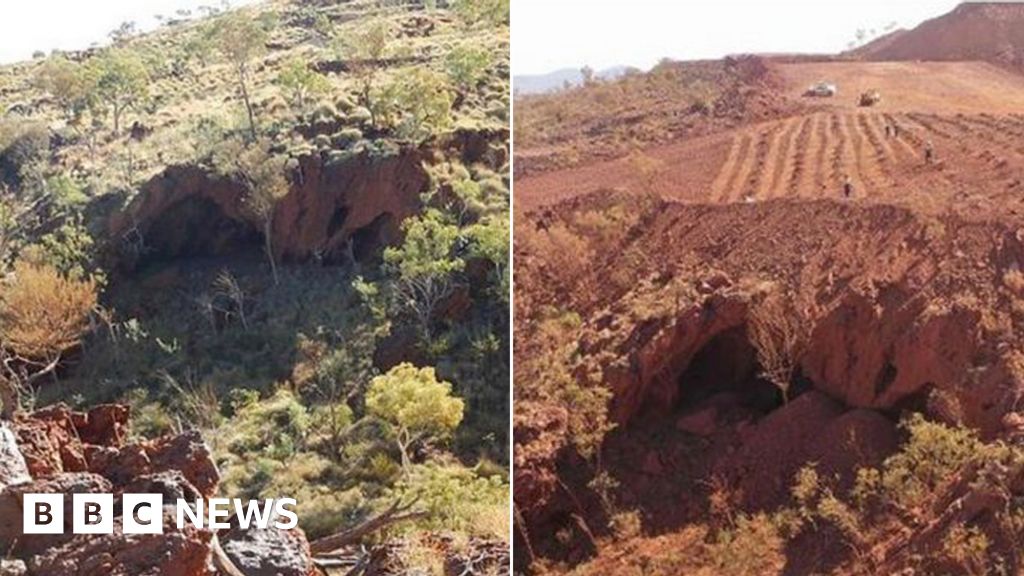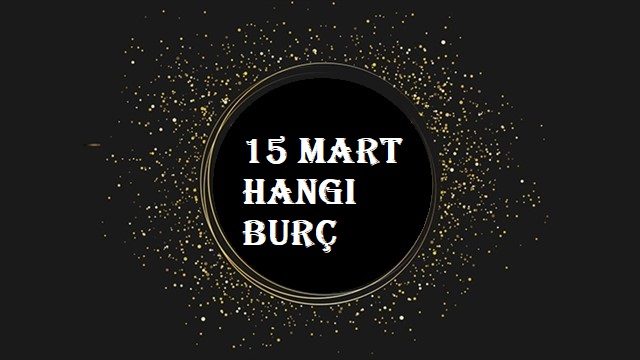Rio Tinto's Response To Criticism: The State Of The Pilbara

Table of Contents
Environmental Impact of Rio Tinto's Pilbara Operations and the Company's Response
Rio Tinto's vast mining operations in the Pilbara inevitably raise significant environmental concerns. The company's response to these concerns is a key aspect of its overall sustainability strategy.
Greenhouse Gas Emissions and Climate Change Mitigation Strategies
Rio Tinto has set ambitious emission reduction targets, aiming to achieve net-zero greenhouse gas emissions by 2050. Key initiatives include:
- Increased investment in renewable energy sources, such as solar and wind power, to reduce reliance on fossil fuels.
- Exploration and implementation of carbon capture and storage (CCS) technologies to mitigate emissions from existing operations.
- Optimization of operational processes to improve energy efficiency and reduce emissions intensity.
However, the effectiveness of these strategies remains a subject of ongoing debate. Critics point to the continued high levels of emissions from Rio Tinto's operations and call for more aggressive action to align with the urgency of the climate crisis. Independent reports and data from the company's sustainability disclosures will be crucial in evaluating the long-term success of these efforts.
Water Management and Biodiversity Conservation in the Pilbara
Water scarcity is a significant challenge in the Pilbara. Rio Tinto's water management practices are therefore under intense scrutiny. The company claims to prioritize water conservation through:
- Implementing water recycling and reuse technologies to minimize freshwater consumption.
- Investing in water-efficient mining technologies and processes.
- Working to protect local biodiversity through habitat restoration and conservation programs.
However, concerns persist about the impact of mining activities on local water resources and ecosystems. The long-term effects of mining on water availability and the effectiveness of Rio Tinto's mitigation strategies need continued monitoring and independent assessment. Community concerns about water access and quality also need to be addressed effectively.
Mine Rehabilitation and Land Restoration Efforts
Rio Tinto has committed to comprehensive mine closure and rehabilitation plans for its Pilbara operations. These plans involve:
- Detailed site assessments to determine the extent of land disturbance.
- Implementation of land rehabilitation programs focusing on revegetation and topsoil replacement.
- Monitoring of rehabilitated areas to ensure long-term environmental stability.
Data on land reclaimed and revegetation success rates will be crucial in evaluating the effectiveness of these programs. The long-term environmental impact of mining activities and the success of rehabilitation efforts remain critical areas for ongoing scrutiny. Independent audits and transparent reporting will be vital in building trust and demonstrating accountability.
Rio Tinto's Relationship with Indigenous Communities in the Pilbara
Rio Tinto's relationship with Indigenous communities in the Pilbara is a crucial aspect of its social license to operate. This relationship has been fraught with challenges, particularly concerning land rights, heritage protection, and benefit-sharing.
Consultation and Engagement Processes
Rio Tinto emphasizes its commitment to meaningful consultation and engagement with Indigenous communities. However, criticisms persist about the effectiveness of these processes. Key concerns include:
- Allegations of inadequate consultation on key projects impacting Indigenous land and heritage.
- Disputes over benefit-sharing agreements and the equitable distribution of economic benefits.
- Concerns about the transparency and inclusivity of consultation processes.
Addressing these concerns is paramount to fostering trust and ensuring the respectful engagement of Indigenous communities in decision-making processes related to Rio Tinto's operations.
Employment Opportunities and Economic Benefits for Indigenous Communities
Rio Tinto has implemented various programs aimed at increasing Indigenous employment and creating economic opportunities within the Pilbara. These include:
- Targeted training and apprenticeship programs to build skills and enhance employment prospects.
- Partnerships with Indigenous-owned businesses to create contracting and subcontracting opportunities.
- Initiatives to support Indigenous business development and economic self-sufficiency.
Data on Indigenous employment rates within Rio Tinto and the wider Pilbara region are critical in evaluating the success of these programs. The overall impact of Rio Tinto's operations on the economic well-being of Indigenous communities remains a subject of ongoing debate and requires ongoing monitoring and evaluation.
Economic Contributions and the Long-Term Sustainability of Rio Tinto's Pilbara Operations
Rio Tinto's Pilbara operations are a significant contributor to the Australian economy, generating substantial employment, tax revenue, and royalties. However, the long-term sustainability of these operations must be considered in the context of environmental and social responsibilities.
Job Creation and Regional Development
Rio Tinto's Pilbara operations provide a significant number of jobs, both directly and indirectly, contributing to the economic prosperity of the region. The company also invests in infrastructure and community development projects, further enhancing regional development.
- Investment in local infrastructure projects, including roads, utilities, and communication networks.
- Support for community initiatives focused on education, health, and social welfare.
- Contributions to regional economic diversification and sustainable development programs.
However, the long-term impact of mining on regional economic diversification needs careful consideration to ensure sustainable development beyond the lifecycle of the mines.
Tax Revenue and Royalties
Rio Tinto makes substantial tax and royalty payments to the Australian and Western Australian governments. These contributions support public services and regional development initiatives. Transparency in reporting these payments and ensuring equitable distribution of benefits is crucial for maintaining public trust.
Long-Term Economic Viability and Sustainable Practices
The long-term economic viability of Rio Tinto's Pilbara operations depends on its ability to operate sustainably, considering environmental, social, and economic factors. This requires:
- Continuous improvement in environmental performance, reducing emissions and minimizing water consumption.
- Strengthening relationships with Indigenous communities and ensuring fair benefit-sharing.
- Investing in research and development to improve mining efficiency and reduce environmental impact.
A commitment to sustainable practices is essential for ensuring the long-term economic viability and social acceptance of Rio Tinto's operations in the Pilbara.
Conclusion
This analysis highlights the complex challenges faced by Rio Tinto in balancing economic development with environmental protection and social responsibility in the Pilbara. While the company has implemented various initiatives to address criticisms regarding its environmental impact, Indigenous relations, and economic contributions, further improvements are needed. The effectiveness of these initiatives requires ongoing monitoring, transparent reporting, and independent assessment. Understanding Rio Tinto's response to criticism is crucial for shaping the future of the Pilbara. Continue to research and engage in discussions around responsible mining practices in the region, focusing on sustainable mining in the Pilbara and the long-term well-being of its communities and environment. The future of the Pilbara depends on finding a balance between economic prosperity and sustainable development.

Featured Posts
-
 Amundi Djia Ucits Etf Net Asset Value Explained
May 24, 2025
Amundi Djia Ucits Etf Net Asset Value Explained
May 24, 2025 -
 Nashemu Pokoleniyu Chto To Udalos Dostizheniya I Uroki Proshlogo
May 24, 2025
Nashemu Pokoleniyu Chto To Udalos Dostizheniya I Uroki Proshlogo
May 24, 2025 -
 Ritka Porsche F1 Motorral Felszerelve
May 24, 2025
Ritka Porsche F1 Motorral Felszerelve
May 24, 2025 -
 Your Dream Escape To The Country Property Types And Considerations
May 24, 2025
Your Dream Escape To The Country Property Types And Considerations
May 24, 2025 -
 European Markets React To Trumps Auto Tariff Statement Lvmh Stock Plunges
May 24, 2025
European Markets React To Trumps Auto Tariff Statement Lvmh Stock Plunges
May 24, 2025
Latest Posts
-
 3 En Tutumlu Burc Sirlari Ve Para Yoenetimi Ipuclari
May 24, 2025
3 En Tutumlu Burc Sirlari Ve Para Yoenetimi Ipuclari
May 24, 2025 -
 Iste En Tasarruflu 3 Burc Ve Paradan Tasarruf Etme Yollari
May 24, 2025
Iste En Tasarruflu 3 Burc Ve Paradan Tasarruf Etme Yollari
May 24, 2025 -
 High Cost Of Living Impacts Canadian Auto Theft Prevention
May 24, 2025
High Cost Of Living Impacts Canadian Auto Theft Prevention
May 24, 2025 -
 16 Mart Burcu Ve Kisilik Analizi
May 24, 2025
16 Mart Burcu Ve Kisilik Analizi
May 24, 2025 -
 Hangi Burc 16 Mart 16 Mart Doganlarin Burc Oezellikleri
May 24, 2025
Hangi Burc 16 Mart 16 Mart Doganlarin Burc Oezellikleri
May 24, 2025
